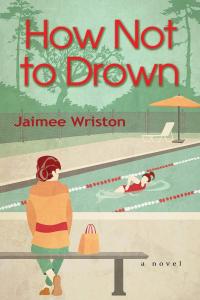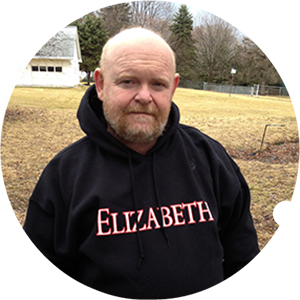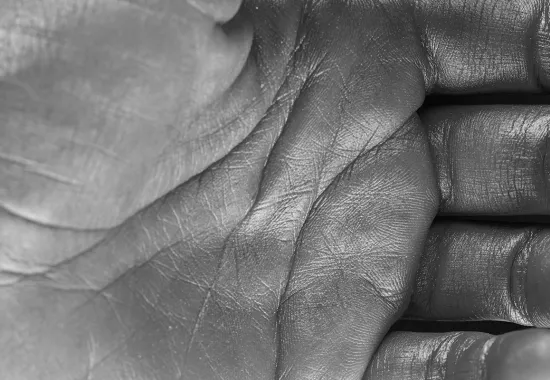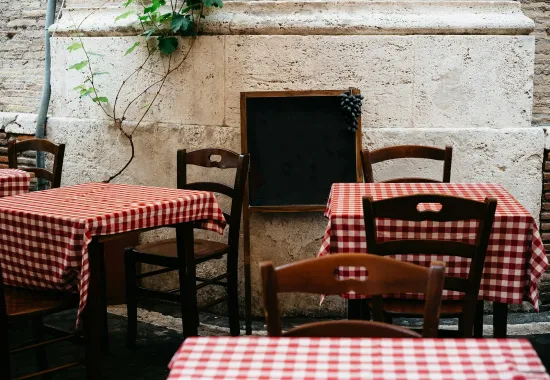A Review of How Not to Drown by Jaimee Wriston
Jaimee Wriston’s latest novel How Not To Drown (Alcove Press, 2021) is in some glorious ways about people who refuse to give up on the soul saving possibilities of a narrative paradigm. Its characters, especially Heaven and her agoraphobic Uncle Daniel, won’t buy into a life that doesn’t come larded and enlarged by myth, by a whole flock of possible stories—not only attached to the characters’ longing to travel beyond their positions as pariahs, but to their relationship to the wildly disparate worlds of two island cultures: Celtic Scotland and postcolonial Hawaii.
 Think of the past as something extremely sticky, impossible to escape without having parts of it come off on your fingers. Add to this the seriocomic permutations of people hard to love, but impossible to ignore, and you get the idea of what sort of comic and often poetic “string theory” is invented by Wriston in How Not to Drown.
Think of the past as something extremely sticky, impossible to escape without having parts of it come off on your fingers. Add to this the seriocomic permutations of people hard to love, but impossible to ignore, and you get the idea of what sort of comic and often poetic “string theory” is invented by Wriston in How Not to Drown.
Rather than an expected linear progression, this is in many respects a novel that moves in terms of fractals that keep replaying, with slight variations on the theme of the outcast and the nature of contradiction. The uncle cannot leave his room but weaves tales that travel the world. The granddaughter with the deeply ironic name of Heaven dives deeper into the water as the counterintuitive solution to drowning, as if going in the “wrong” direction might lead to an evolution away from the world of her bullying peers.
But beyond these themes, and the stories within the stories, there are the divine details Wriston conveys that are so pitch-perfect, establishing the idea of actual consciousness on the page. Consider this bit from the section titled Leo. In the opening lines Leo’s convict daughter-in-law sighs:
I miss seeing my toes…some strappy little sandal, you look down and there they are. Gladiator sandals, now those were cool! When you see your toes it’s like you feel more grounded… Here they make you wear those lame-ass Velcro athletic shoes—no ties, what, they think you’ll hang yourself with them? Ha, Ha, well, yeah, that’s exactly what they think you know, those skinny-neck types… You’d be surprised what you can make from shit around here, chicks who never graduated high school are like effing chemists. You know, your son loved my feet? In here, you keep your sneakers on.
This is an author knowing how to make a character’s experience ring true: not through general and received ideas of a “prison experience,” but through the sort of deeply individual and human longing a convict might express (in this case, for seeing her toes again.
The traffic of general ideas is light in How Not to Drown. The book is full of the casual ravages of the familial past, especially how drowning, both as metaphor and as actuality, can cause a sea change of a person into something rare and strange. Consider the character of Daniel after his near drowning:
Daniel knows the daytime world by its sounds. The mailman’s jeep’s been needing a new muffler for two years; the school bus dropping off the neighborhood kids, three times in the afternoon; high school—middle school, elementary. His ears are acute. They tell him the world, what he needs to know of it. Some doctors think he may have dived down onto a coral head that day in the ocean off Goat Island, maybe his head even stuck there for a few minutes, a traumatic brain injury of some sort… or maybe the angel couldn’t make up her mind what to do with him, his body drifting down like something that belonged there, then finally pushing him up to the surface. Reject, regret, rescue? Once you breathe air you cannot go back.
This passage seems in tune with the long tradition of Celtic “sky Ships” where the sky above is a sea, and those who fall from the sky ships, from the parallel universe hovering always just above the so called “real” world, “drown” in what we would consider the breathable air. It is this reversal of expectation, this playing around with the idea of what constitutes “not drowning” that gives How Not to Drown its full complexity, and, without generalities, makes it both a deeply reflective and highly entertaining read—the way the best, most guileless fairy tales are entertaining: because they plumb our depths without the pretense of false profundity. This is a wide open novel full of rich characters and an expansive sense of history that reaches back to the 1850s and moves freely through time, making the past a living coral reef on which the present offers the choice of either adapting to the complexity of the reef or contributing to its death. How Not to Drown is one of the most compelling reading experiences I have had over this difficult year.
Recommended
The Salamander
Herring
The Old Man in the Café






